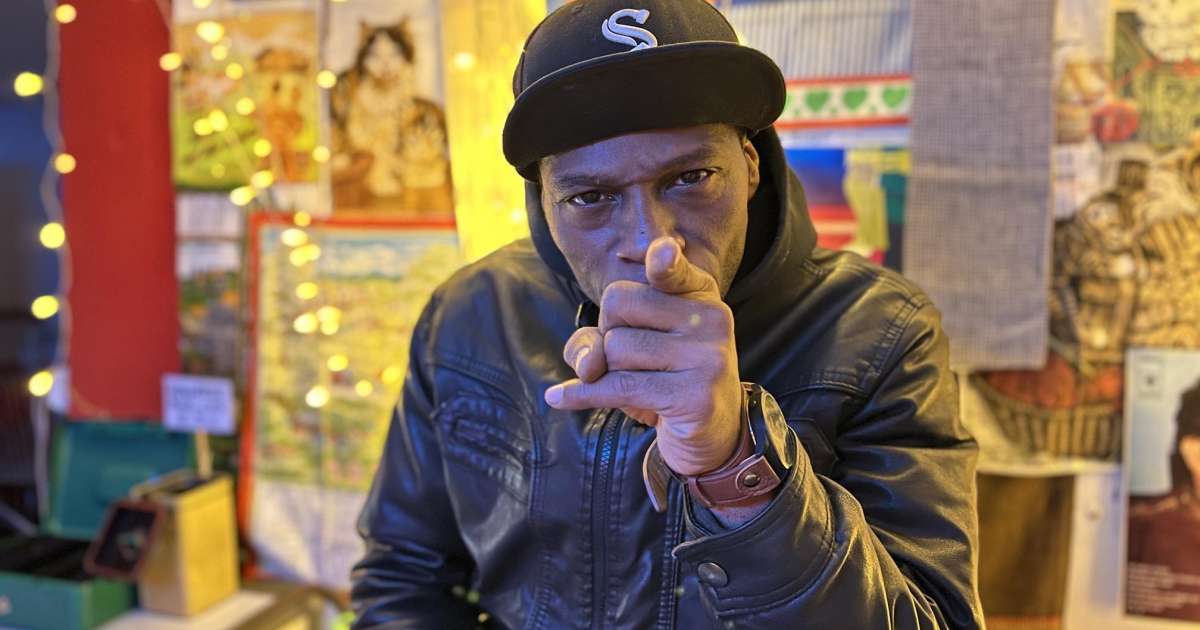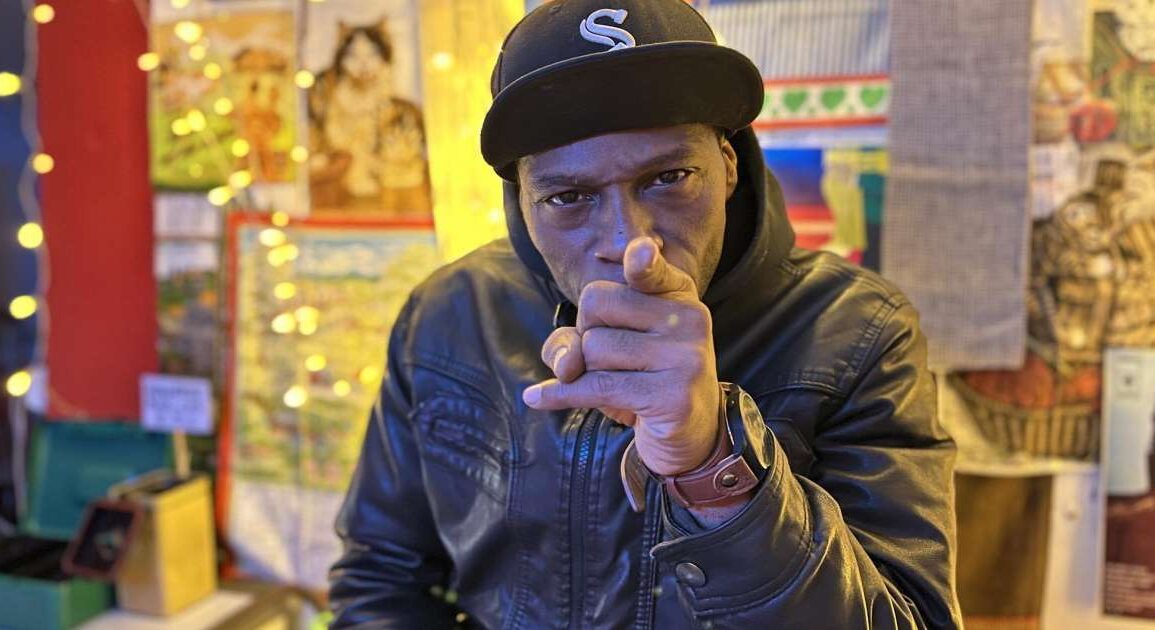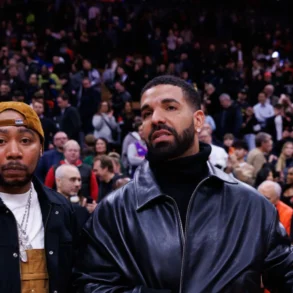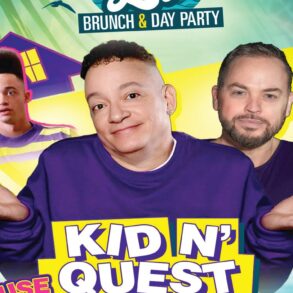
Strong released his first 12” white-label EP in 1989. Three years later, he helped establish the longstanding G.E.T.O. DJz, Inc., an expansive crew of DJs, producers, graphic designers and visual artists. As the ‘90s unfolded, he spent more time partying and DJing at nightclubs on the West Side of Chicago like The Marcy Centre, Hot Wheels, and DaVinci Manor. Over the first half of the decade, Strong released tracks under various aliases, most of which have been lost to the sands of time. “We like to see people dance,” he says. “We like to see people have a good time. We weren’t making these songs because we wanted people around the world to hear them. We weren’t even trying to get on the radio. The music was just aimed at regular partygoers. People who loved the sound and loved to dance.”
In 1994, as Strong puts it, “Things were starting to hit full circle.” That fortuitous year, he convinced his childhood friend, Ray Barney, from the Barney’s Records music retail and distribution store and the influential Dance Mania label to give him a job. “I worked there from ‘94 to 2000,” he remembers. “That allowed me to sit and build relationships. I’m finally meeting Glenn Underground, Boo Williams, Armando.” In 1996, he released a ghetto house EP titled ‘Westside Boogie Traxs – Vol I’ through Dance Mania as Traxman Da Geto DJ. “The funny thing was, there was also a crew on Dance Mania called Traxmen,” Strong laughs. “Eric Martin, Robert Armani, and [the late] Paul Johnson were in the crew, but they were my friends.”
By the mid-’90s, Strong was moving with ghetto house pioneers like DJ Milton, Waxmaster Maurice, Steve Poindexter, and the late DJ Deeon. “Me and Deeon became the best of friends,” he says. “The music started to get tremendously successful. We were doing mixtapes, later mix CDs, meeting people, and we started making money. I was doing parties with Derrick Carter and Lester Fitzpatrick and rubbing shoulders with Curtis Jones [AKA] Green Velvet. Everybody sounded so different and fresh back then.”
Read this next: It’s been 40 years since the first ever house track, and its legacy lives ‘On and On’
As the decade drew to a close, juke and footwork, two choppy, sped-up and interlinked progressions of ghetto house, began to enter the Chicago lexicon. In a 2020 interview on New York DJ and broadcaster Shannon Dawson’s Club Management podcast, Strong described hearing his friends use the term juke for the first time in 1998. “We’re riding in the car, and they’re talking about juke,” he said. “What the hell is a juke? What is that?” Initially, he didn’t take to it, but with decades of hindsight, he now sees the bigger picture. “I was just happy to be there in these situations where, by God’s grace, things were about to blow up. [People say], you’re the king of juke. No, I’m not. I was just there to witness it.”
In historical conversations, the transition from juke to footwork is often associated with Chicago producer DJ figures like RP Boo, the late DJ Rashad, DJ Spinn, DJ Clent and Strong himself. In interviews, he acknowledges these figures and their peers. On the Club Management podcast, Strong noted the historical importance of tracks like RP Boo’s ‘Baby Come on’ and DJ Clent’s ‘3rd Word’ (1998), before identifying a few antecedents that sometimes slip under the radar: D.J. Topcat and D.J. Danté’s ‘Black Market’ EP (1996), his own track ‘Work Me’ (1996), ‘Space Chair’ by Jammin Gerald (1997), and DJ P.J.’s ‘Chase Me Again’ (1997).
From Strong’s point of view, you can dial things back to 1995, when Waxmaster Maurice released his ‘Let Me See Ya Foot Work’ mix CD, and maybe even earlier. “Think of it like the relationship between breakdancing and hip hop,” he says. “There are many dance styles in house music; footworking was already there; it just somehow ended up becoming its own genre. We didn’t call it footwork, though; we just called it trax.”
Strong first crossed paths with Spinn and Rashad in 1997. That said, they didn’t get close until the three DJs recorded a classic mixtape together in 2004, ‘K-Town 2 Da 100’Z’. “What I noticed was our styles started meeting and accommodating each other,” he said while speaking with Dawson. Track by track, the music continued to evolve into increasingly abstract, syncopated shapes that pushed the tempo and bass pressure up while twisting samples and battle-oriented vocal phrases into repetitive, psychedelic shapes.
This post was originally published on this site be sure to check out more of their content.







